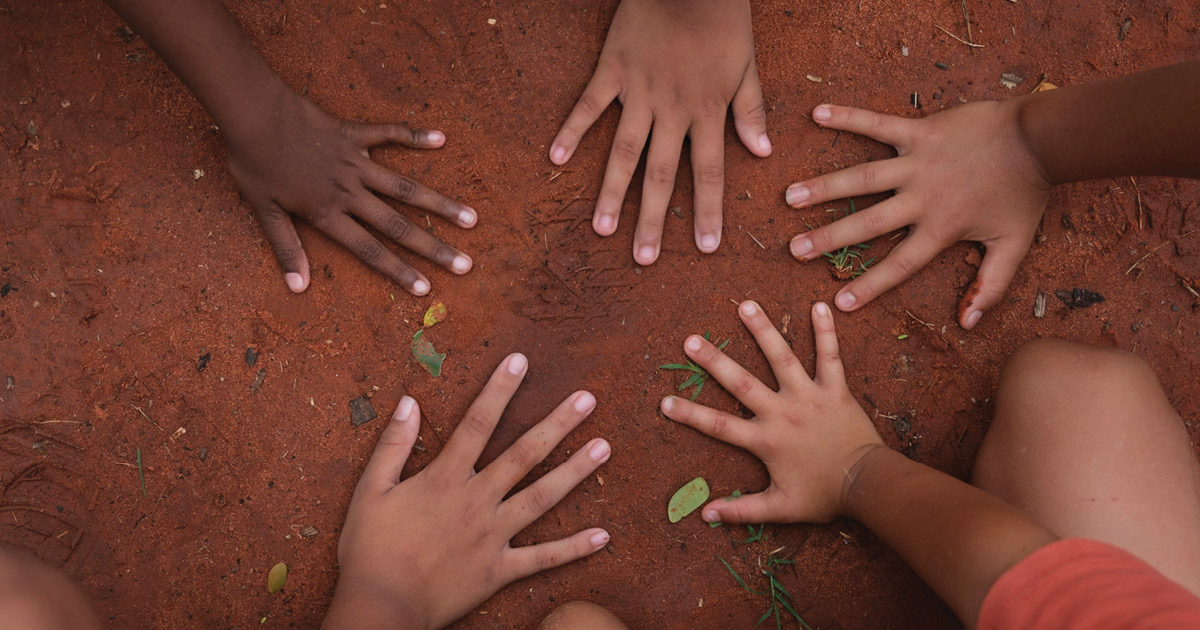A Kimberley study seeking to better understand Strep A in remote settings is helping to guide new approaches to prevent acute rheumatic fever (ARF) – an auto-immune response that typically begins with a sore throat and causes high fever, tiredness and swollen joints.
More common in remote areas, where it affects Aboriginal children and families, recurrent episodes of ARF can scar the heart – leading to devastating consequences like open heart surgery, heart failure and stroke.
With growing evidence suggesting ARF can also result from skin sores caused by Strep A bacteria, the Missing Piece study – led by Clinical Professor Asha Bowen from The Kids Research Institute Australia – has monitored both sore throats and skin sores among 5-15-year-olds in the Kimberley to investigate the link between Strep A skin sores and ARF in remote Aboriginal communities.
Professor Bowen said that with high rates of ARF and rheumatic heart disease (RHD) in the Kimberley, the work was essential to guide diagnostic and treatment guidelines and inform the most effective prevention strategies for ARF.
Beginning with a small pilot study in 2017, the study was expanded in 2019 to a wider prospective school- based surveillance program in two Kimberley towns that has since informed national health guidelines. Community relationships were guided by The Kids’ Kulunga Aboriginal Unit and strong collaboration with the Broome Regional Aboriginal Medical Service and the Derby Aboriginal Health Service.
The school-based study measured the burden of Strep A using a mix of clinical assessment methods and tools developed and tested by the Missing Piece team, including a game-changing molecular point-of-care test for Strep A.
Among other outcomes, results from the follow-up study have since informed updates to the third edition of the Australian Guidelines for management of ARF and RHD, used throughout Australia.
"This is the first time in two decades that an accurate understanding of the concurrent burden of Strep A impetigo (skin sores) and sore throats has been determined, which has policy and guideline impacts for ending RHD in Australia.", Professor Bowen said.
As well as impacting national guidelines, the study has led to increased engagement with health clinics and schools in Broome and Derby, including delivery of health promotion resources; and the team has secured vital new funding to enable further research.
In a new project co-designed with Aboriginal people and in partnership with Aboriginal medical services across remote Australia, the team will use a Medical Research Future Fund (MRFF) grant
secured together with the Kirby Institute to upscale Strep A point-of-care-tests that can detect Strep A bacteria in under 30 minutes – drastically reducing what was previously a five-to-seven day wait for results.
“The Missing Piece study has provided opportunities to now roll out an evaluation study of new point-of-care tests for Strep A sore throats at 30 clinics across Northern Australia,” Professor Bowen said.
“It is hoped this will follow the impact of molecular point-of-care tests for COVID, flu, RSV and sexually transmitted infections and eventually become the standard of care at remote clinics across Australia. This new test is an important addition to clinical care to prevent ARF in Aboriginal Children.”
Next steps
- Translation of study findings into storybooks co-designed with school communities
- A two-year implementation trial of molecular Strep A point-of-care tests is expected to commence in 2024 to explore integrating them in rural and remote clinics through the First Nations Point of Care Testing Network
- A National Health and Medical Research Council (NHMRC) Ideas grant will enable the exploration of new ways to understand natural immunity to Strep A to prevent infections and subsequent diseases

